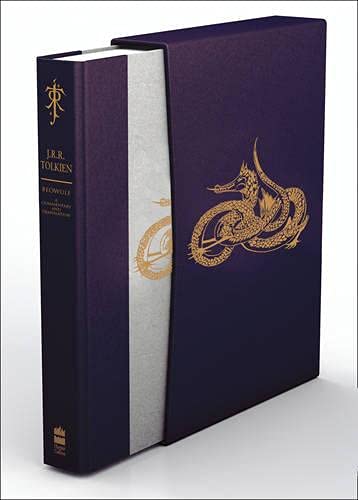Saul Zaentz Co. v. Wozniak Travel, Inc
14 Feb, 2024
2024-2-14 1:55:00 PM UTC
2024-2-14 1:55:00 PM UTC
I find the opinion of this 2008 case very informative: https://www.courtlistener.com/opinion/ ... any-v-wozniak-travel-inc/ , for instance:
It appears they are summarized from statement and exhibits provided by Saul Zaentz Co. I guess the full case documents might well provide more info, perhaps even the cease-and-desist letter to TSR. Sadly currently only 5 trivial files are available on courtlistener.com. Perhaps someone with Pacer access could look into the case?
In 1965 Ballantine Books published in the United States authorized paperback versions of The Hobbit, which sold 6.2 million copies between 1967 and 1978, and The Lord of the Rings, which sold 12.4 million copies during the same time period. Givan Dec., Exh. 13 ¶¶ 12-13; Exh. 10 ¶¶ 10, 17... Between 1980 and 2007, Houghton Mifflin sold 4.9 million authorized copies of The Hobbit and 13.1 million authorized copies of The Lord of the Rings.
By 1977 United Artists had received "hundreds" of requests for permission to use marks related to J.R.R. Tolkien's works, including the "Hobbit" mark. Givan Dec., Exh. 14 ¶ 8. These requests were for various products including board games, bookmarks, ceramic sculptures, chess sets, posters, jewelry, leather goods, linens, maps, painting sets, pictures of fine art, puppets, restaurant services, stationery, and t-shirts. Id. ¶ 9. United Artists refused each of these licensing requests, preferring to coordinate merchandising of Tolkien goods with the release of a motion picture film..
Directed by Jules Bass and Arthur Rankin, Jr., the 1977 animated television film of The Hobbit...Although the television film was unauthorized when it began production, the Tolkien Estate and Tolkien Enterprises threatened legal action, and the film and its related merchandise became authorized through a series of settlement agreements. Bendich Dec. ¶ 7. A sequel to the 1977 film, The Return of the King - A Story of the Hobbits, was released on television in May 1980, and was also eventually authorized by settlement agreement.
Tolkien Enterprises has engaged in various trademark enforcement efforts. After acquiring its rights in late 1976, Tolkien Enterprises took action against a number of unauthorized users. Many unauthorized users, after receiving cease-and-desist letters informing them of Tolkien Enterprises's rights, entered into license agreements or simply discontinued their unauthorized use. See e.g., Bendich Dec. ¶¶ 26, 32-40; Exhs. 21-28. At times, Tolkien's enforcement efforts have required significant litigation activity. In 1982, Tolkien Enterprises agreed to dismiss and settled a case following the court's decisions on summary judgment. See Superior Models, Inc. v. Tolkien Enterprises, 1981 WL 40556, 211 U.S.P.Q. 876, (D. Del. Aug. 14, 1981). The plaintiff Superior Models, Inc., a manufacturer and marketer of miniature metal figurines, agreed to take a license from Tolkien Enterprises and pay royalties in exchange for certain ancillary rights provided by Tolkien Enterprises. Bendich Dec. ¶¶ 41-42. Another enforcement effort resulting in litigation occurred in the 1990s and involved AT&T's plan to use the term Hobbit to describe one of its microprocessors. Tolkien Enterprises disputed AT&T's planned use of the mark, communications between counsel led to a trademark opposition, and litigation ensued in 1995 when Tolkien Enterprises filed a complaint for trademark infringement against AT&T in the Northern District of Illinois. Ultimately, AT&T recognized Tolkien Enterprises's rights in the Hobbit mark, assigned its trademark registrations to Tolkien Enterprises, and ceased using the mark.
It appears they are summarized from statement and exhibits provided by Saul Zaentz Co. I guess the full case documents might well provide more info, perhaps even the cease-and-desist letter to TSR. Sadly currently only 5 trivial files are available on courtlistener.com. Perhaps someone with Pacer access could look into the case?








 64
64 14.87K
14.87K